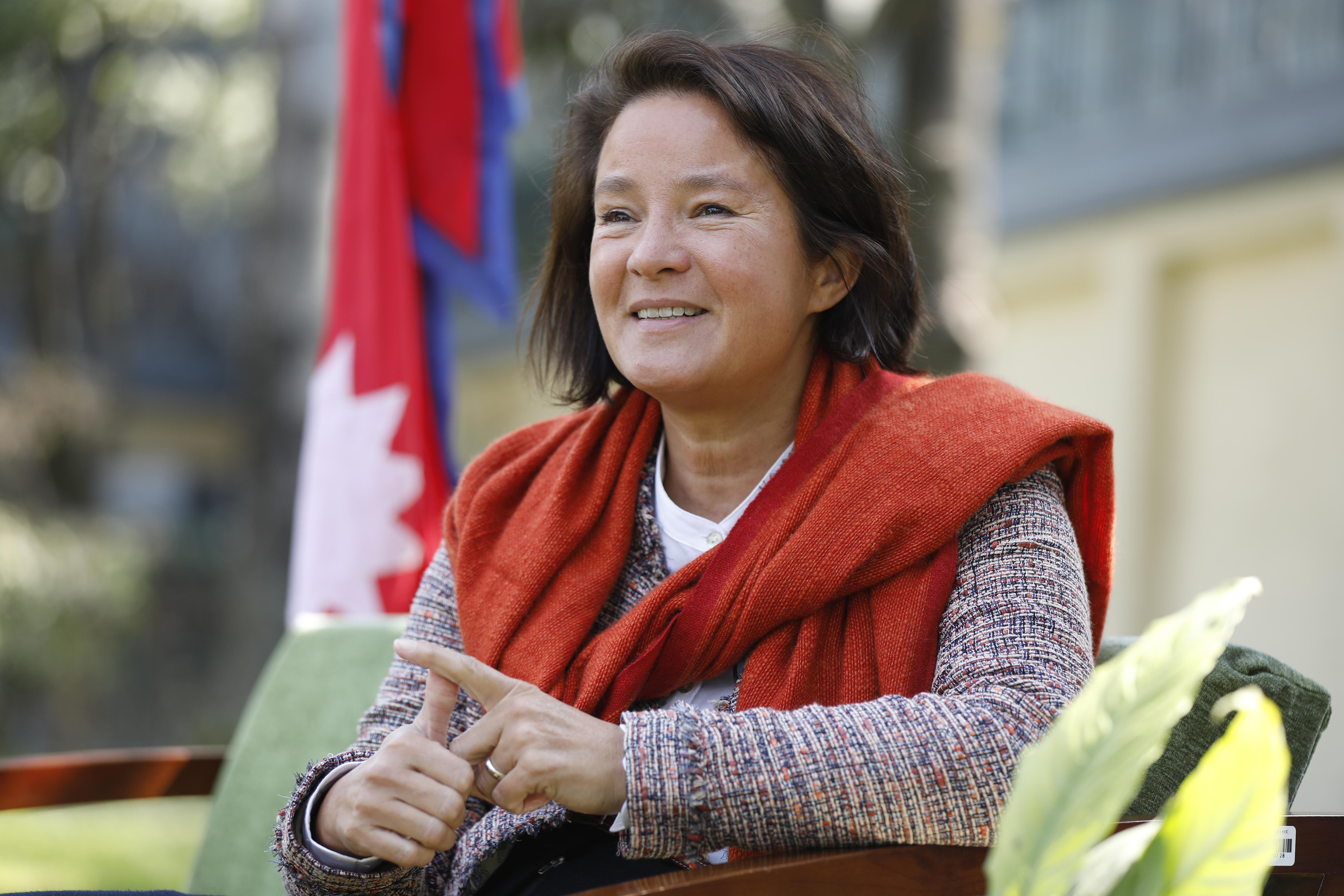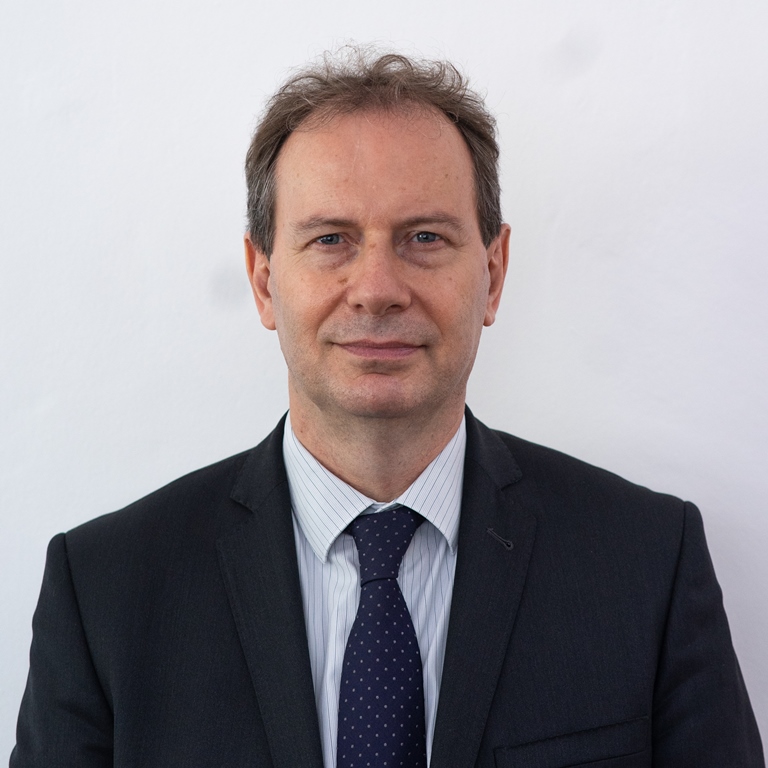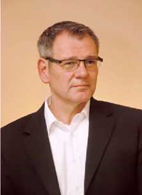Columns
Progress and perseverance in Sudurpashchim
Although much work remains to be done, the province is making remarkable progress in health, education, and inclusion.
Riina-Riikka Heikka, Nona Deprez , Gilles Bourbao & Thomas Prinz
Up in the hills of Amargadhi Municipality, headquarters of Dadeldhura District, Sundari Devi Bhatta, clad in a sky blue saree with a dark purple trim, gathers a dozen or so women around her. Some of them are young, others are middle-aged. Many of them are carrying infants.
Sundari Devi, a female community health volunteer (FCHV), begins by apologising for being late and then starts her talk about an issue that is vitally important for the future of Nepal—proper nutrition for infants. Sundari Devi gestures to a nanglo that has all the grains, legumes, fruits, and vegetables necessary for the diverse and healthy diet that a growing child requires. She also describes when new mothers should employ Balvita, a pre-packaged energy-rich micronutrient paste meant to treat malnutrition in infants below 5 years of age, and shows mothers how to detect malnutrition in their children under 2.
FCHVs like Sundari Devi play a critical role in combating malnutrition in Sudurpashchim, where severe-acute malnutrition in children (SAM) remains a significant problem. According to the provincial Ministry of Economic Affairs and Planning, the prevalence of undernourishment in the province is a staggering 42.1 percent.
But things are slowly changing.
Amargadhi has managed to reduce cases of severe acute malnutrition to zero in the past two years, and just two weeks ago, Ward-10 of Amargadhi Municipality, where Sundari Devi held her mother’s group meeting, was declared one of the first nutrition-friendly wards since the nutrition-friendly local governance guidelines were endorsed in 2022.
Witnessing this achievement during our recent visit to Surdurpaschim was one of the many moments when we were humbled by the tenacity of the people of Sudurpaschim to change their communities for the better, and how the programmes we support served as launching pads for this change. The European Union has been working with the Government of Nepal and UNICEF Nepal to support the Nepal government’s Multi-Sector Nutrition Plan, a long-term initiative that is saving lives in Sudurpashchim and all across the country.
Two weeks ago, we—the Ambassadors of the European Union and its member states Germany, Finland and France—embarked on our annual joint trip and this time we headed to Sudurpashchim Province. These trips are an invaluable opportunity to visit new corners of this beautiful country, and to meet its people, learn about their issues, along with their hopes and dreams. It is also a moment for us to visit the programmes we support, whether bilaterally with Finland, Germany, or the European Union, or together as Team Europe, and assess whether they are making a difference in people’s lives. Of course, seeing the mountains and the unspoiled landscapes of the beautiful Bheri river plain is an added bonus. In the course of our visit, we sampled the fabled hospitality of Nepal’s Far West, partaking in some of the most delicious dal-bhat we’ve had here in Nepal, and the hospitality of the Tharu community.
From Kathmandu, it is often difficult to gauge the impact of the projects we support. It is trips like these that help us understand the people of Nepal, not just Kathmandu. As Dilli Raj Joshi, the mayor of Amargadhi, told us, Sudurpashchim still has much progress to make on education, health, employment and infrastructure but slow strides are being made. For instance, Dadeldhura Hospital, with support from Germany’s KFW Development Bank, is currently building a new state-of-the-art maternity ward that will serve new mothers and infants from all the surrounding districts.
Progress isn’t just being made in the health sector. Politically and socially, many of Sudurpashchim’s marginalised groups—women, Dalits, Tharus—are increasingly more aware of their rights and are getting together as collectives to demand those rights. In a number of Kailali’s freed Kamaiya settlements, former bonded labourers and their children, supported by Finland, are taking up climate resilient farming methods, along with new means of livelihood like rearing pigs and operating their own rice mill. We also met with freed Haliyas, also former bonded labourers who are now returning to agriculture but without the burden of generational debt.
Everywhere we went, we sensed the hope and optimism of the people of Sudurpashchim. Despite the harsh conditions they live in, they have placed their hope in their political leadership, some of whom we had a chance to meet. We interacted with the dynamic new leadership of Dhangadhi Sub-metropolitan City—mayor Gopal Hamal and deputy mayor Kandakala Kumari Rana. Both of them pledged to turn Dhangadhi into a sustainable and environmentally friendly city, from banning single-use plastics to focusing on electrified public transport. Dhangadhi, as the largest city in Sudurpashchim and the point of arrival and departure for many travellers, serves as a model for the province, said Mayor Hamal, and he wants to set a green, clean and healthy example for others to emulate.
We in Europe share these values. In Nepal, all of the European ambassadors work together as Team Europe. We want to build on each other’s strengths and provide support to Nepal that matches Nepal’s priorities and does not result in waste or duplication. Collective visits like these are thus essential to learning what the people of Nepal really need and how we, as countries with diverse sets of capabilities, can help.
Our recent trip has strengthened our belief that there is clear progress, yet much work still remains to be done, especially in provinces like Sudurpashchim. Team Europe stands ready to help all Nepalis attain their maximum potential, regardless of whether they live in Kailali or Kathmandu.




 19.12°C Kathmandu
19.12°C Kathmandu


















